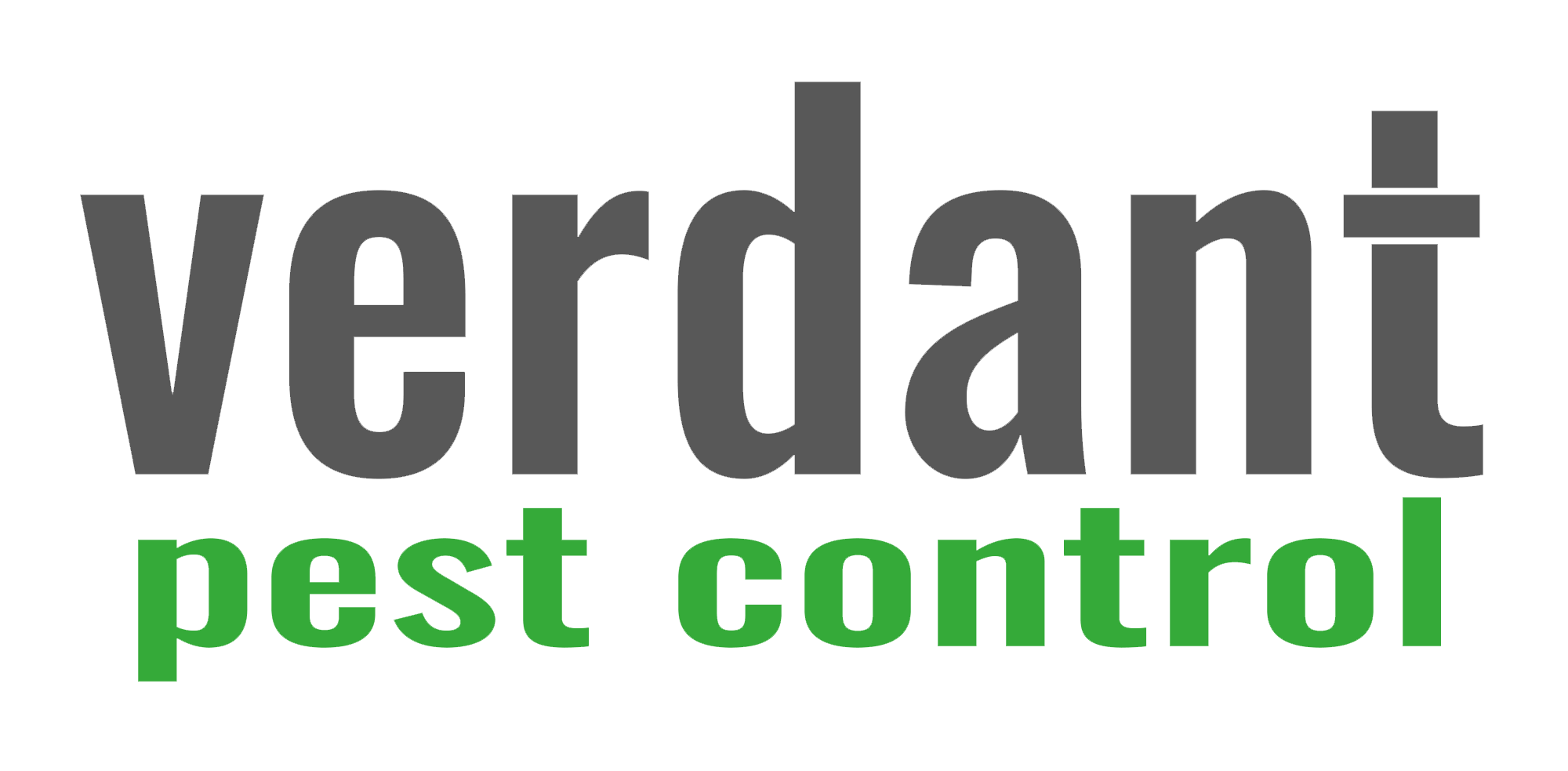The Hidden Threat: Rodents and the Spread of Avian Flu
The ongoing spread of Highly Pathogenic Avian Influenza (HPAI), particularly the H5N1 strain, has brought significant challenges to bird populations, farmers, and public health officials worldwide. While the primary transmission of the virus occurs among birds, recent developments highlight a less obvious but equally concerning pathway for its spread: rodents.
Why Rodents Are a Concern
Rodents, such as mice and rats, are ubiquitous in both urban and rural environments, often living unnoticed alongside poultry flocks. Their proximity to birds and ability to access contaminated areas make them potential vectors for HPAI transmission.
The virus can spread through contact with infected birds, their droppings, or contaminated feed and water. Rodents, moving freely within and between coops, can pick up and carry the virus to new locations. This creates a hidden and persistent threat that is difficult to monitor and manage effectively.
Cross-Species Risks
While HPAI primarily targets birds, it has been documented to infect other animals, including mammals like foxes, mink, and even seals. This raises concerns that rodents could play a similar role, acting as a bridge to other species. Such spillover events are particularly worrisome because:
– Viral Adaptation: Rodents infected with HPAI could provide an environment for the virus to mutate, potentially increasing its ability to infect mammals, including humans.
– Spillover to Livestock and Pets: Beyond birds, cattle, pets, and other animals exposed to infected rodents could also contract the virus, posing additional challenges for disease containment.
Rodent Behavior: A Hidden Threat
Rodents are highly adaptable and often go unnoticed in backyard flocks and commercial farms alike. Their presence is especially concerning for several reasons:
– Stealth: Mice and rats often remain undetected, allowing them to access areas with high bird activity.
– Mobility: Rodents can easily move between coops, barns, and even residential areas, potentially spreading contamination.
– Persistence: Once established, rodent populations are notoriously difficult to eradicate, requiring sustained effort and resources.
Biosecurity and Rodent Control
Given these risks, controlling rodent populations is an essential part of any comprehensive biosecurity plan. Here are some key strategies to reduce the threat posed by rodents:
1. Sealing Entry Points: Inspect and repair any gaps or holes in coops, barns, and storage areas to prevent rodents from entering.
2. Maintaining Cleanliness: Keep feed in sealed containers, remove spilled grain promptly, and ensure water sources are not easily accessible to rodents.
3. Monitoring Rodent Activity: Use traps and monitoring tools to identify and address rodent presence early.
4. Professional Pest Control: For larger or persistent infestations, consult pest control professionals to implement effective eradication measures.
5. Educating Communities: Encourage awareness among poultry keepers about the risks of rodents and their role in disease transmission.
Public Health Implications
The potential role of rodents in spreading avian flu underscores the interconnectedness of ecosystems and the need for a “One Health” approach, which recognizes the links between human, animal, and environmental health. By addressing rodent control alongside traditional poultry biosecurity measures, we can reduce the risks of HPAI transmission and safeguard both animal and human populations.
As we continue to battle the spread of avian influenza, it’s crucial to recognize and mitigate all potential pathways for the virus to spread. Rodents, though small and often overlooked, represent a significant risk that demands attention. By prioritizing rodent control as part of a broader disease prevention strategy, poultry keepers and public health officials can work together to minimize the impact of HPAI and protect both flocks and communities.










